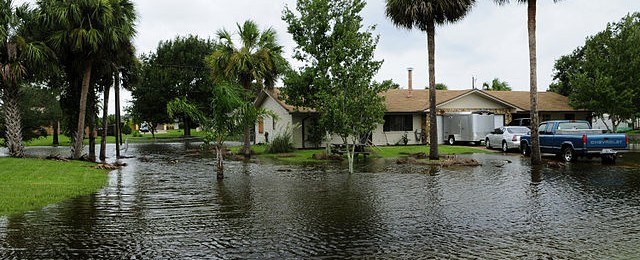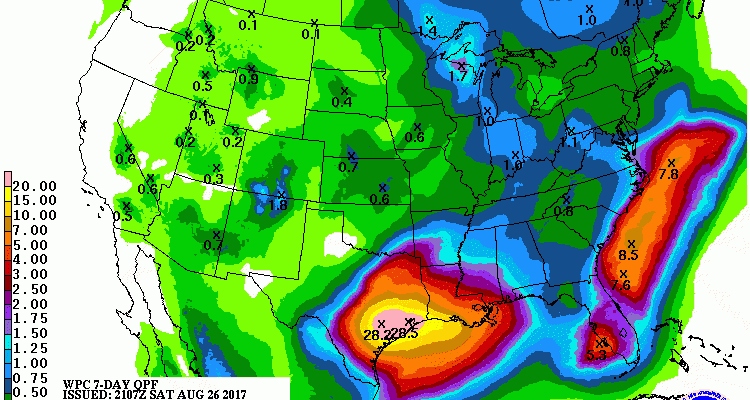-

Many homeowners do not know that their regular homeowners’ insurance does not cover damaging from flooding. For that you must purchase separate flood insurance. In many areas, only about 10% of homeowners have flood insurance on their properties, resulting in massive uninsured losses. You also need to have purchased flood insurance at least 30 days…
Posted in: Climate and Ag in the news -

If you are affected by a disaster, you may find these resources from the USDA helpful in coping with the aftermath of the event. The USDA has published them as a list in conjunction with the unfolding Hurricane Harvey disaster but most of them (with the exception of the Texas-specific ones) would be applicable anywhere…
-

Nearly ideal weather this year as well as a large initial planting of peanuts has led to excellent production of the valuable crop this year in Georgia. Ample rain has produced good yields even on non-irrigated fields. You can read more about it from WMAZ13 at https://www.13wmaz.com/news/local/georgia-farmers-expect-larger-peanut-crop/468262826.
-

If you’ve watched the news at all this morning you know about the almost incomprehensible tragedy that is unfolding in Texas today. The remains of Harvey have brought 2 feet (yes FEET) of rain to the Houston area in the last day, and since Harvey is forecast to remain and spin over Texas for at…
-

EarthSky is one of my favorite blogs for showcasing the wonders of the earth and the atmosphere. Today they’ve published a spectacular collection of images and videos of the eclipse last week. You can view it here.
Posted in: Interesting weather images -

The latest 7 day QPF shows two areas of massive rainfall in the South this week. One is the continuing rainfall from now Tropical Storm Harvey, which came onshore in Texas last night and is expected to continue to spin and rain over Texas for the next few days. Forecast amounts from Harvey are for…
Posted in: Climate outlooks -

The New York Times has a short and informative video about how hurricanes form. It talks about how warm water helps the storms to form and how changes in sea surface temperature may be affecting the strength of the storms. You can watch it at https://www.nytimes.com/video/science/100000002555638/the-future-of-storms.html?smid=fb-share.